Realizing inequality in news goes a lot deeper than diversity numbers
Some newsrooms have begun publishing the demographics of their journalists in the interest of transparency and accountability. Some began last year, prompted by George Floyd’s murder and the subsequent protests that made newsroom leadership come face-to-face with industry failures to support workers of color.
These statistics are important. For instance, USA Today announced earlier this year that its newsroom was now predominantly female, with 34% of the newsroom’s journalists people of color — a 4% increase from 2020. That’s one way to measure how the news industry is shifting, and it’s easy to see that growth as unilaterally positive.
But it also makes me think of something I heard frequently in college Filipino American spaces: “Your existence is resistance.”
Sometimes, I think that’s true. Indigenous lives are a reflection of that, the fight to preserve both tribal land and traditions in a society that has continually hounded Indigenous folks to assimilate. But sometimes — particularly in newsroom contexts — it’s not.
By focusing primarily on demographic changes as a measure of anti-racism, legacy newsrooms are implicitly giving weight to the idea that existing in a white supremacist system is enough to change it. Better numbers don’t mean that newsrooms are changing what they value, how stories are covered, and their practices.
And if you’re a journalist of color who’s still validating principles of capitalism and white supremacy — what are you resisting?
I think about the people who insist that it’s important to take unpaid internships because that’s how they broke into the field. The people who paint journalism as something that you need to become and internalize just to have a career in the field, to the point that you risk your health — when you’re only as important as your work and are constantly having to justify that you belong. The people who think that if you work hard enough, it’ll be enough to inspire other journalists of color and bring more of them into the field — completely ignoring the systemic barriers to that process.
Over 50 years ago, in 1968, the Kerner Commission published a report on race relations in America. It included an analysis of news coverage of riots from 1964 to 1968.
Here’s part of that analysis: “Slights and indignities are part of the Negro’s daily life, and many of them come from what he now calls ‘the white press’ — a press that repeatedly, if unconsciously, reflects the biases, the paternalism, the indifference of white America.”
There are undoubtedly more Black people in newsrooms now than 50 years ago — but “the white press” still exists. It was visible in coverage of the January insurrection that painted white supremacist violence as novel and shocking — when the existence of people of color in America is marked by the effects of that violence.
That’s not to say representation in newsrooms isn’t important. A more diverse — a less white — newsroom can better reflect the varied lived experiences of the communities it serves, helping its journalists steer clear of a series of harmful frames that they still struggle to avoid, from pedestalization to trauma porn, stereotyping and over-generalization to pathologization.
But pursuing equity takes a conscious effort and isn’t a passive process. It’s not: “Oh, our newsroom went through one anti-racist training and now we’re doing great!” It takes active recognition and acknowledgment that American journalism wasn’t created in a vacuum. It was created in a society steeped in and inextricably connected to white supremacy.
What would it look like to value lived experiences in reporters, not just institutional training? What would it look like to visualize journalism as something we co-create with communities, honoring the agency of the people we interview? What would it look like to make a career in journalism financially feasible — no more unpaid internships, no more fellowships without a clear pathway to employment? What do newsrooms lose when they expect journalists to stay “unbiased” on issues of human rights — imperialism, racism, homophobia, transphobia, white supremacy — that affect all of us? What would it look like to acknowledge that the pace at which journalists are expected to put out work isn’t sustainable without breaks?
In short, we can’t fix journalism’s problems just by diversifying it. In 2022, we need to reimagine it.
Janelle Salanga is deputy editor of The Objective and covers Northern California for CapRadio.

Some newsrooms have begun publishing the demographics of their journalists in the interest of transparency and accountability. Some began last year, prompted by George Floyd’s murder and the subsequent protests that made newsroom leadership come face-to-face with industry failures to support workers of color.
These statistics are important. For instance, USA Today announced earlier this year that its newsroom was now predominantly female, with 34% of the newsroom’s journalists people of color — a 4% increase from 2020. That’s one way to measure how the news industry is shifting, and it’s easy to see that growth as unilaterally positive.
But it also makes me think of something I heard frequently in college Filipino American spaces: “Your existence is resistance.”
Sometimes, I think that’s true. Indigenous lives are a reflection of that, the fight to preserve both tribal land and traditions in a society that has continually hounded Indigenous folks to assimilate. But sometimes — particularly in newsroom contexts — it’s not.
By focusing primarily on demographic changes as a measure of anti-racism, legacy newsrooms are implicitly giving weight to the idea that existing in a white supremacist system is enough to change it. Better numbers don’t mean that newsrooms are changing what they value, how stories are covered, and their practices.
And if you’re a journalist of color who’s still validating principles of capitalism and white supremacy — what are you resisting?
I think about the people who insist that it’s important to take unpaid internships because that’s how they broke into the field. The people who paint journalism as something that you need to become and internalize just to have a career in the field, to the point that you risk your health — when you’re only as important as your work and are constantly having to justify that you belong. The people who think that if you work hard enough, it’ll be enough to inspire other journalists of color and bring more of them into the field — completely ignoring the systemic barriers to that process.
Over 50 years ago, in 1968, the Kerner Commission published a report on race relations in America. It included an analysis of news coverage of riots from 1964 to 1968.
Here’s part of that analysis: “Slights and indignities are part of the Negro’s daily life, and many of them come from what he now calls ‘the white press’ — a press that repeatedly, if unconsciously, reflects the biases, the paternalism, the indifference of white America.”
There are undoubtedly more Black people in newsrooms now than 50 years ago — but “the white press” still exists. It was visible in coverage of the January insurrection that painted white supremacist violence as novel and shocking — when the existence of people of color in America is marked by the effects of that violence.
That’s not to say representation in newsrooms isn’t important. A more diverse — a less white — newsroom can better reflect the varied lived experiences of the communities it serves, helping its journalists steer clear of a series of harmful frames that they still struggle to avoid, from pedestalization to trauma porn, stereotyping and over-generalization to pathologization.
But pursuing equity takes a conscious effort and isn’t a passive process. It’s not: “Oh, our newsroom went through one anti-racist training and now we’re doing great!” It takes active recognition and acknowledgment that American journalism wasn’t created in a vacuum. It was created in a society steeped in and inextricably connected to white supremacy.
What would it look like to value lived experiences in reporters, not just institutional training? What would it look like to visualize journalism as something we co-create with communities, honoring the agency of the people we interview? What would it look like to make a career in journalism financially feasible — no more unpaid internships, no more fellowships without a clear pathway to employment? What do newsrooms lose when they expect journalists to stay “unbiased” on issues of human rights — imperialism, racism, homophobia, transphobia, white supremacy — that affect all of us? What would it look like to acknowledge that the pace at which journalists are expected to put out work isn’t sustainable without breaks?
In short, we can’t fix journalism’s problems just by diversifying it. In 2022, we need to reimagine it.
Janelle Salanga is deputy editor of The Objective and covers Northern California for CapRadio.
Laxmi Parthasarathy
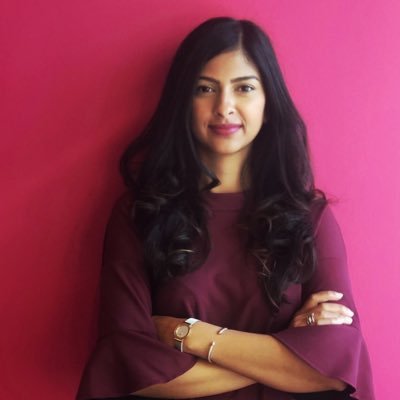
Doris Truong
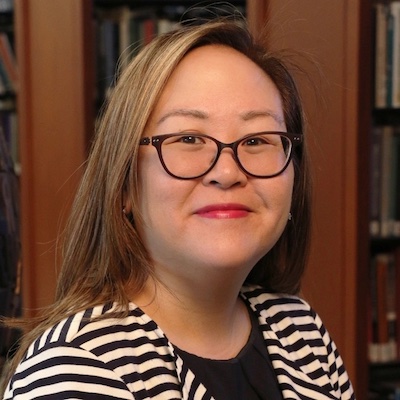
Jesse Holcomb
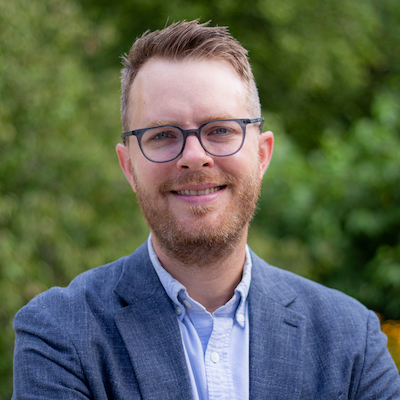
Meena Thiruvengadam
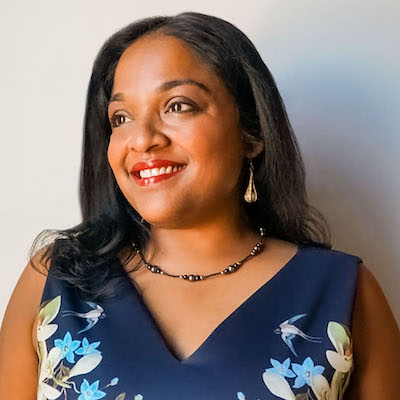
Sarah Marshall

Mario García
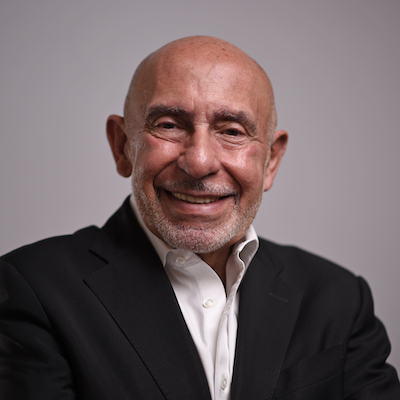
Daniel Eilemberg

Jody Brannon

Tamar Charney
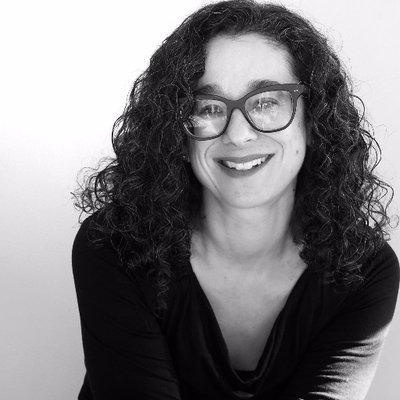
Cindy Royal

Gonzalo del Peon

Sarah Stonbely

Larry Ryckman

Kristen Muller
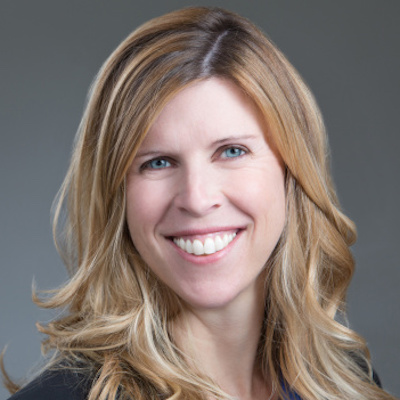
Gabe Schneider
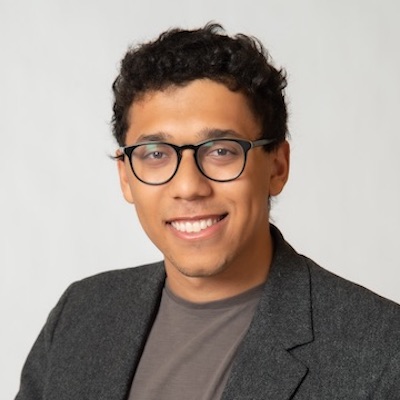
Matthew Pressman

Mike Rispoli
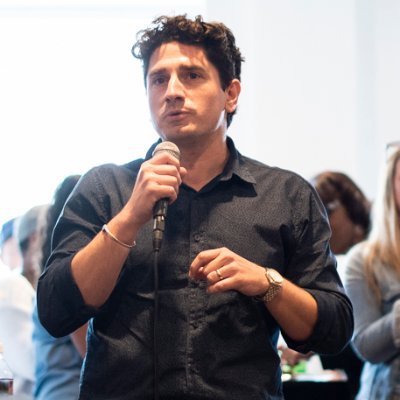
Sam Guzik

Melody Kramer

Stefanie Murray

Burt Herman
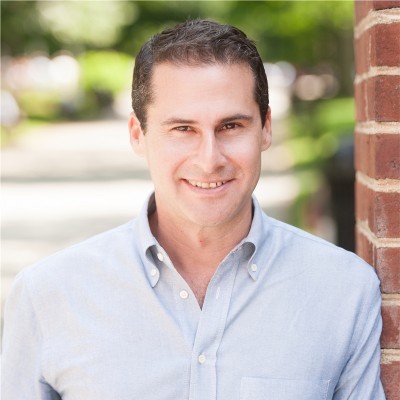
Jessica Clark

Parker Molloy

Jonas Kaiser

David Cohn

AX Mina

Andrew Freedman

Gordon Crovitz

Tony Baranowski
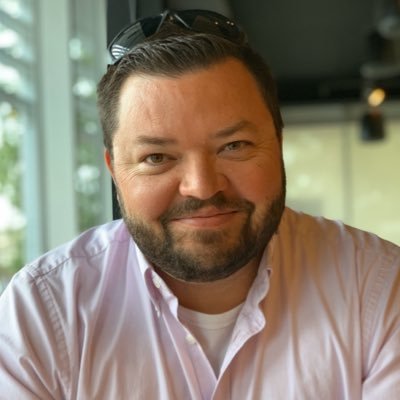
Jennifer Brandel

Joshua P. Darr

Cherian George
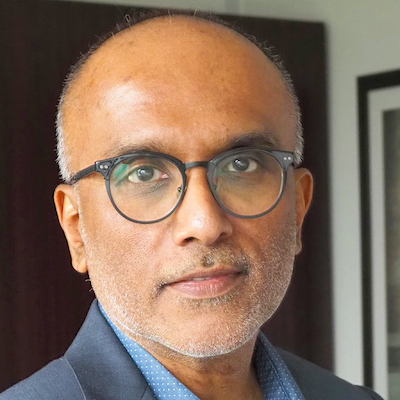
Nik Usher

Anthony Nadler

A.J. Bauer
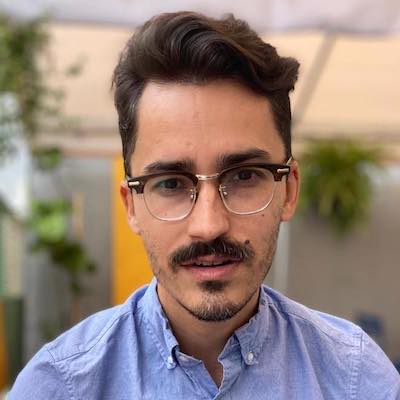
Izabella Kaminska
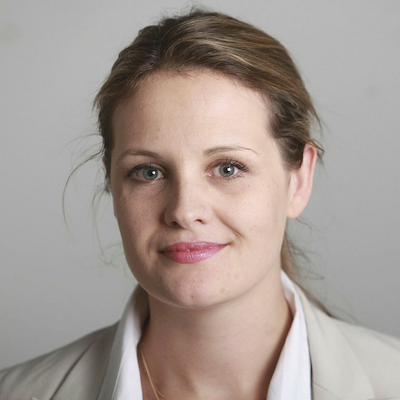
Michael W. Wagner

Juleyka Lantigua

Tom Trewinnard

Francesco Zaffarano
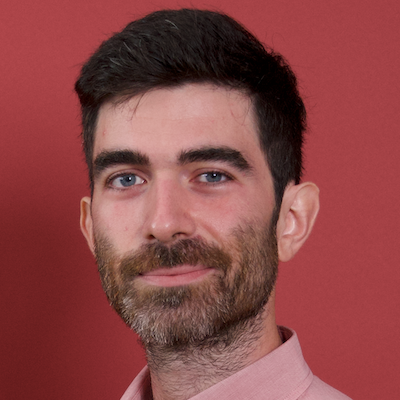
Jesenia De Moya Correa
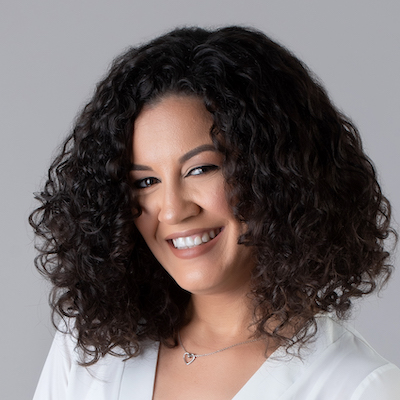
Whitney Phillips

James Green

Joe Amditis

Amy Schmitz Weiss
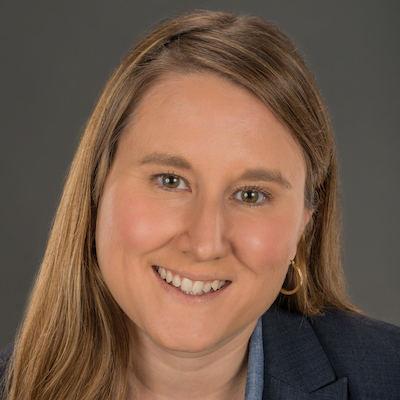
Chicas Poderosas

Megan McCarthy

Paul Cheung
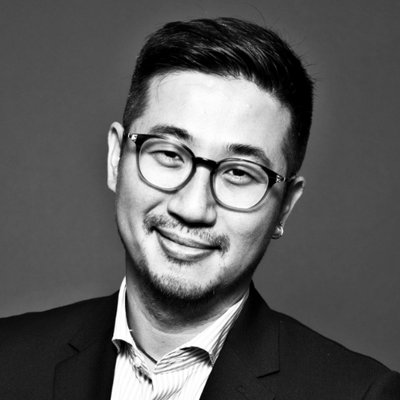
Eric Nuzum

James Salanga

Anika Anand

Joanne McNeil

Ariel Zirulnick
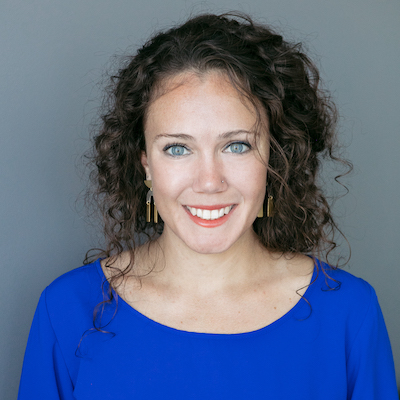
Millie Tran
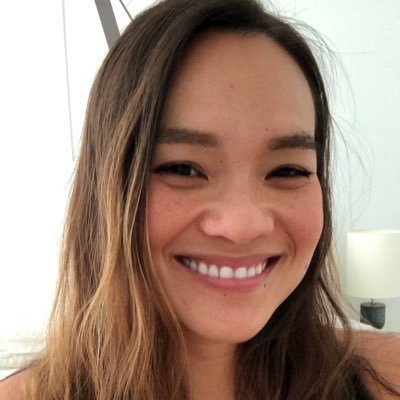
Natalia Viana
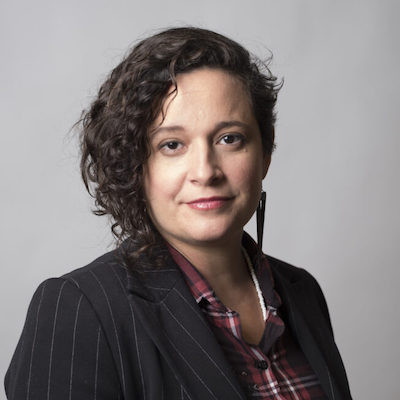
Anita Varma

Matt DeRienzo
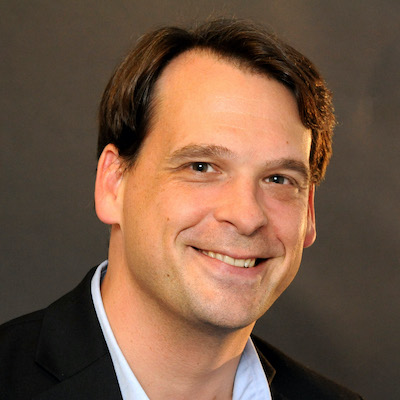
Victor Pickard

Chase Davis

Don Day

Joni Deutsch
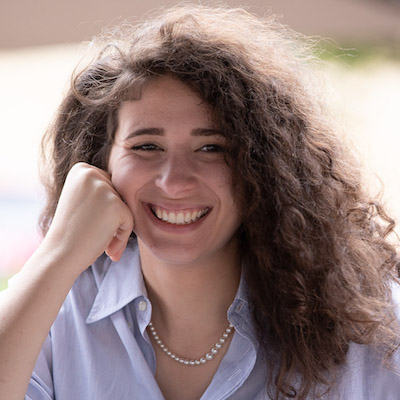
Kerri Hoffman
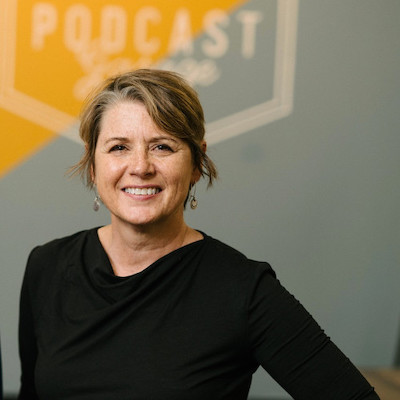
David Skok
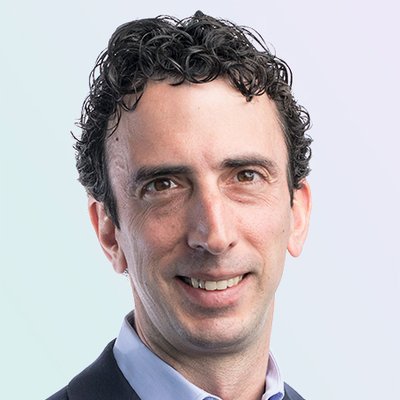
Matt Karolian
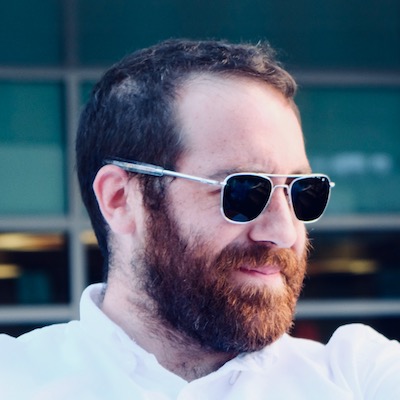
Amara Aguilar

Brian Moritz

Mandy Jenkins

Mary Walter-Brown

Wilson Liévano
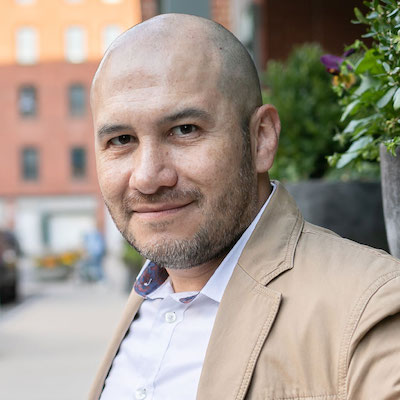
Robert Hernandez

Shalabh Upadhyay
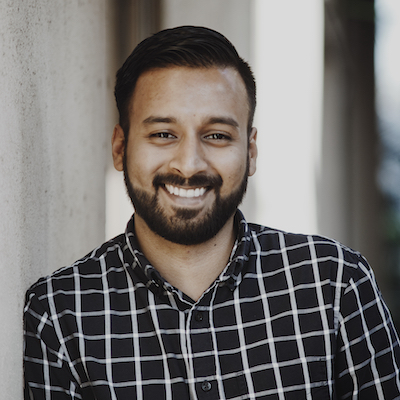
Simon Allison

Errin Haines

Julia Munslow
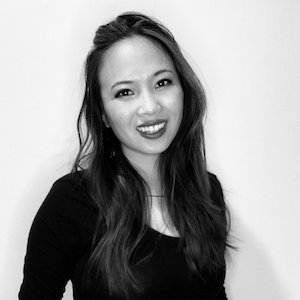
Candace Amos
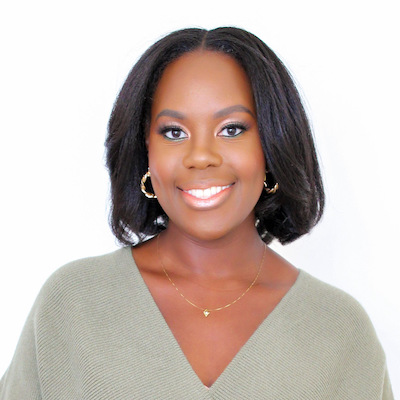
Joy Mayer

Christina Shih

Kendra Pierre-Louis

John Davidow

Shannon McGregor Carolyn Schmitt

Julia Angwin
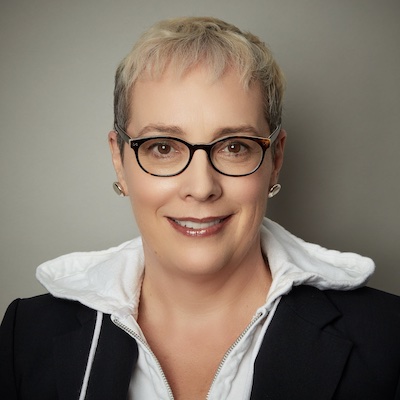
Alice Antheaume
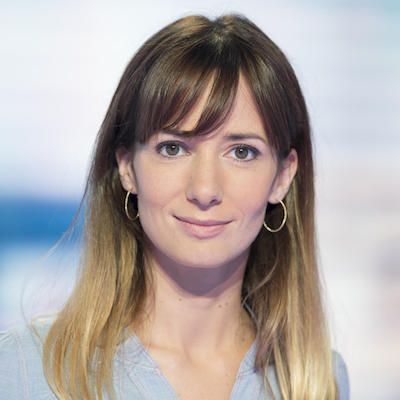
Kristen Jeffers
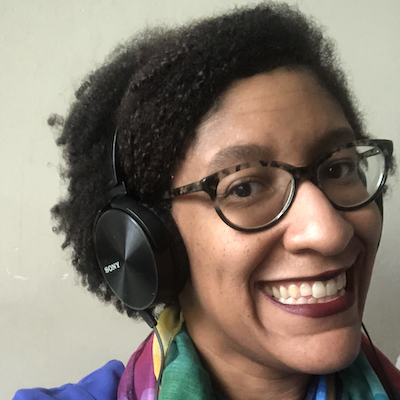
Moreno Cruz Osório

Cristina Tardáguila
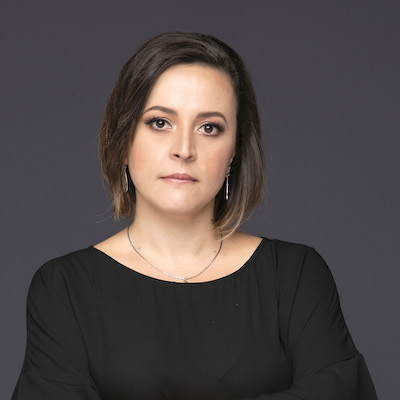
Ståle Grut

Rachel Glickhouse

Catalina Albeanu

Jim Friedlich

j. Siguru Wahutu
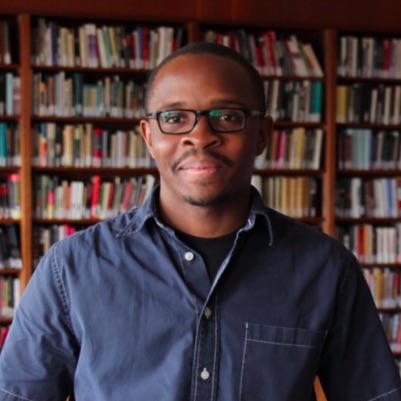
Kathleen Searles Rebekah Trumble

Jennifer Coogan
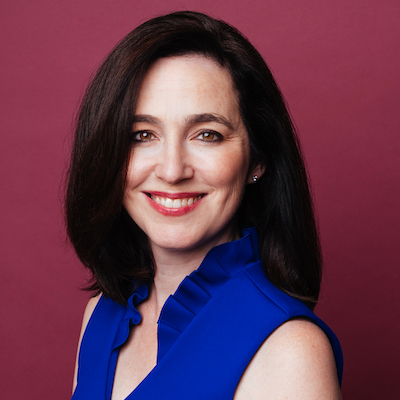
Raney Aronson-Rath
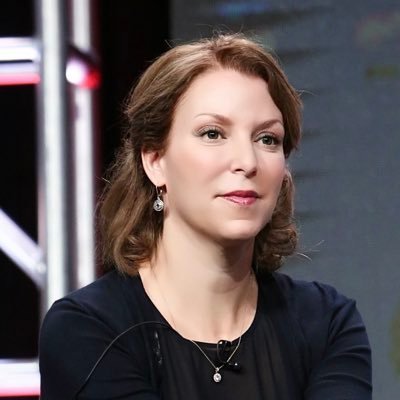
S. Mitra Kalita
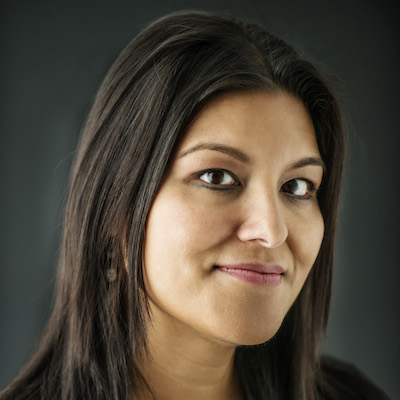
Stephen Fowler

Richard Tofel

Zizi Papacharissi
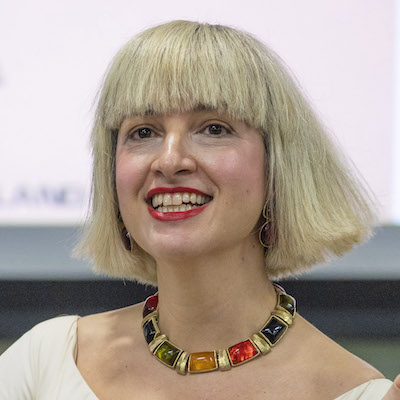
Christoph Mergerson
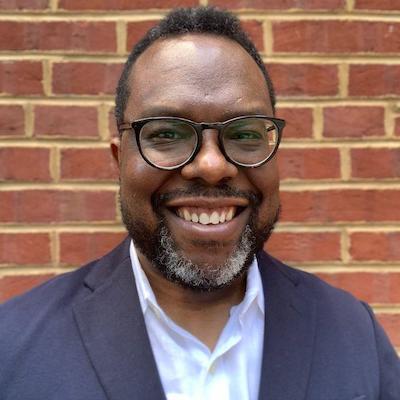
Simon Galperin

Rasmus Kleis Nielsen
